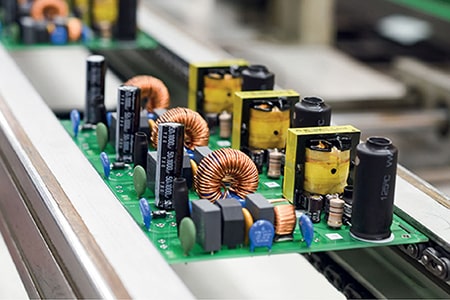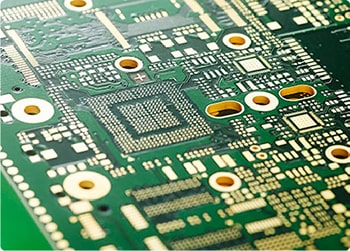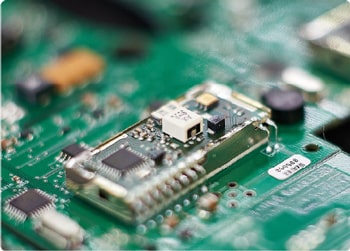PCB pads not tinned?
During the PCB manufacturing and assembly process, the failure of tinning pads is a difficult problem that engineers often encounter. As a professional PCB manufacturer, we are well aware of the impact of this problem on product quality and production efficiency.
Five main reasons why the pads are not tinned

1. Surface oxidation (the most common problem)
Copper layer oxidation: copper oxide (CuO) or cuprous oxide (Cu₂O) is formed when exposed to air
Surface treatment layer failure:
HASL tin layer oxidation
ENIG nickel layer corrosion (black nickel phenomenon)
OSP organic protective film degradation
Silver layer sulfide
🔍 Identification features:
Oxidized pads appear dark black, brown or rainbow, and lose their metallic luster
2. Surface contamination
Fingerprint grease contamination
Flux residue
Silicon oil contamination (from peripheral sealing materials)
Dust particle adhesion
3. Improper welding process
Temperature is too low (lead-free solder requires 245-260℃)
Insufficient time (<2 seconds)
Insufficient flux activity
Oxidation of soldering iron tip
4. PCB manufacturing defects
Insufficient copper foil purity
Poor surface treatment process:
Insufficient immersion gold thickness
Porous immersion tin layer
Uneven OSP coating
Improper storage conditions (temperature and humidity exceed the standard)
5. Environmental factors
High humidity (RH>60%)
Sulfur/chlorine-containing industrial atmosphere
Condensation caused by drastic temperature changes
Professional solutions
1. Preventive measures
Measures Implementation method Effect
Nitrogen packaging Nitrogen-filled seal + desiccant Extend the shelf life to 12 months
Vacuum storage 20-25℃/30-50%RH environment Prevent oxidation and moisture intrusion
Surface treatment optimization ENIG to ENEPIG Solve the black nickel problem
2. On-site treatment method
For slight oxidation:
Wipe with special PCB cleaner (such as IPA)
Lightly brush the pad with a fiber pen (800 mesh or more)
Apply ROL1 grade active flux
For severe oxidation:
Plasma cleaning (best solution)
Microetching (5% citric acid solution)
Pre-tinning
3. Welding process adjustment
Welding parameter recommendations:
1. Lead-free solder (SAC305)
Soldering iron temperature: 350±15℃
Contact time: 3-4 seconds
Flux: ROL1
2. Leaded solder (Sn63Pb37)
Soldering iron temperature: 330±20℃
Contact time: 2-3 seconds
Flux: ROL0
Quality acceptance standards
According to IPC-A-610G Class 2 standard:
Pad wetting angle should be <90°
Tinning area should be ≥75%
Non-wetting or de-wetting is not allowed
Our quality commitment
As a professional PCB manufacturer, we provide:
12-month pad solderability guarantee (ENIG process)
Wet balance test report for each batch
Customized surface treatment solution
Professional storage and logistics solution
Contact PCBAMake technical team now to get the pad solderability optimization solution for your product.







